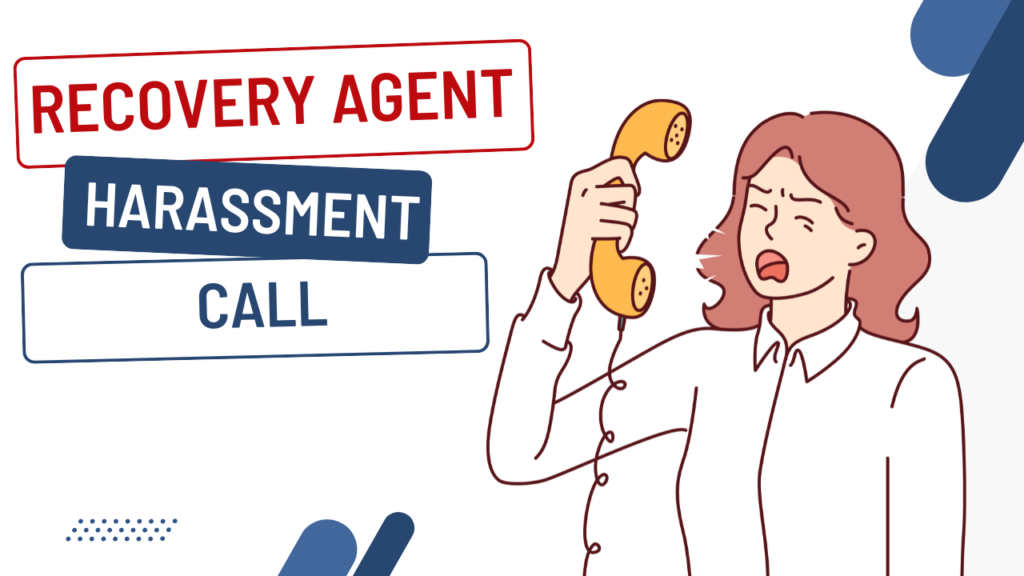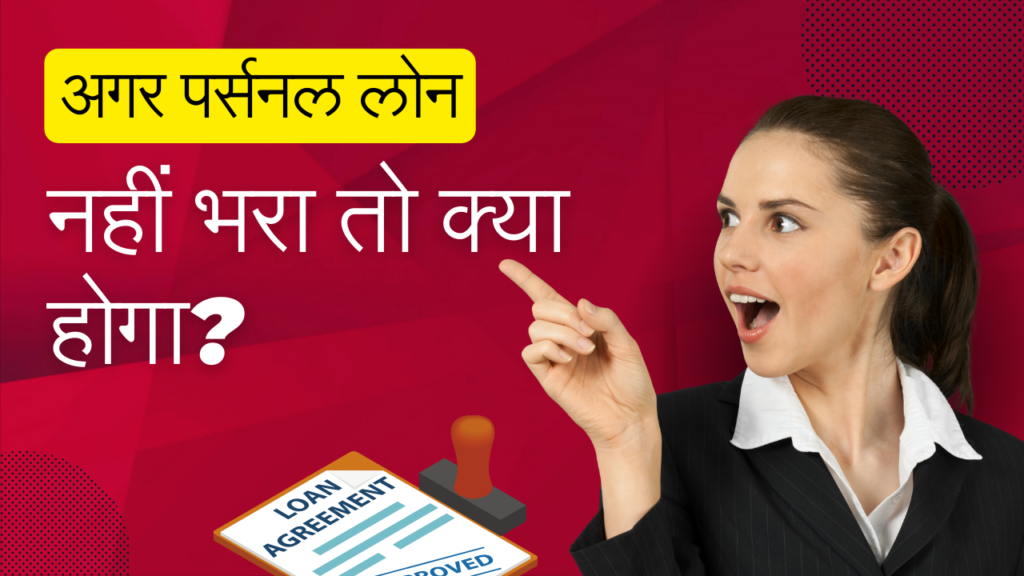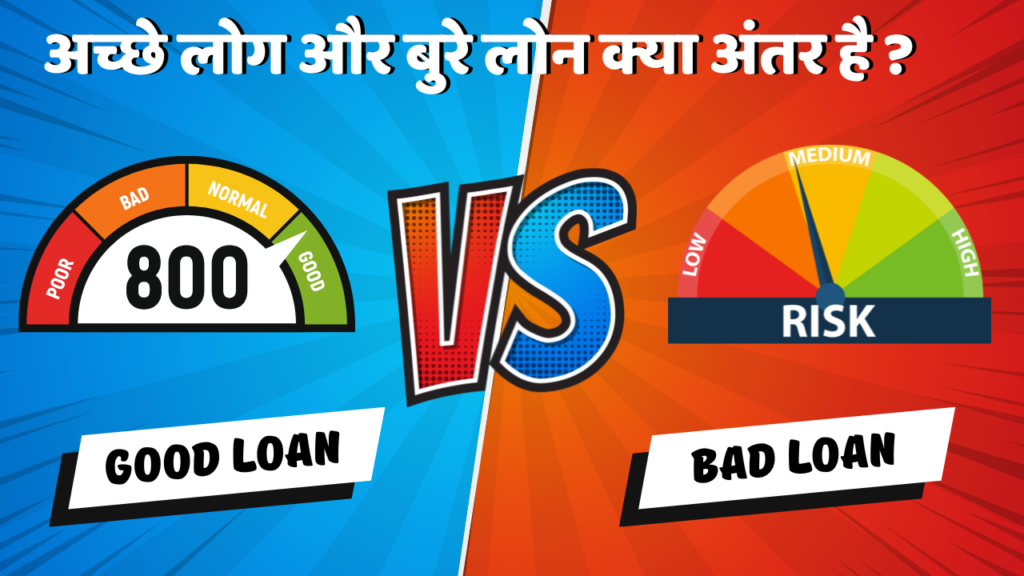A personal loan can be a lifeline in times of financial need, helping you cover unexpected expenses or consolidate debt. However, due to unforeseen financial hardships like job loss, medical emergencies, or sudden business failures, repaying the loan on time might become difficult. If you have taken out a personal loan from Lendingkart and are unable to make repayments, settling Lendingkart Personal loan could be an option to explore.
In this guide, we will take you through the process of settling a Lendingkart personal loan, the potential impact on your credit score, and other important considerations to keep in mind before opting for settlement.
What is Personal Loan Settlement?
Personal loan settlement is a process where a borrower who is unable to repay the full loan amount negotiates with the lender to pay a reduced lump-sum amount as full and final settlement of the loan. Once the settlement is completed, the lender may waive off the remaining portion of the loan. This is usually an option when the borrower is facing severe financial distress and has defaulted or is on the verge of defaulting.
Why Consider Settling a Lendingkart Personal Loan?
There are several scenarios where you may consider settling your Lendingkart personal loan:
- Financial Hardship: You are unable to repay the loan due to loss of income, medical emergencies, or other unforeseen circumstances.
- Risk of Default: If you have already missed several payments and are at risk of legal action or recovery efforts from Lendingkart.
- Accumulated Debt: When you have multiple loans and repaying them all seems impossible, settling one or more loans might relieve the financial pressure.
Loan settlement, however, comes with its pros and cons, and it should only be considered when there are no other viable options.
Step-by-Step Process to Settle Lendingkart Personal Loan
Step 1: Analyse Your Financial Situation
Before initiating the settlement process, it is crucial to assess your financial standing:
- Assess Outstanding Amount: Calculate the total outstanding loan amount, including any accrued interest and penalties.
- Evaluate Available Resources: Determine how much you can afford to pay as a one-time lump sum.
- Understand Cash Flow: Ensure that you have enough funds to make the proposed settlement payment, as once the bank agrees to the amount, there will be little room for changes.
This analysis will help you negotiate better terms with Lendingkart.
Step 2: Contact Lendingkart for Settlement
Once you’ve evaluated your finances, the next step is to approach Lendingkart for settlement discussions:
- Initiate Contact: Reach out to Lendingkart’s customer service or recovery department. Inform them of your financial situation and express your interest in settling the loan.
- Submit a Formal Request: Write a formal letter or email explaining your current financial difficulty and requesting settlement. Attach necessary financial documents to substantiate your claim.
- Wait for Their Response: Lendingkart may take some time to review your case, and they may either accept your request for negotiation or suggest alternatives like restructuring.
Step 3: Negotiate the Settlement Terms
Once Lendingkart agrees to discuss settlement, you will need to negotiate the terms:
- Propose a Reasonable Offer: Based on your financial evaluation, propose a lump-sum settlement offer. In many cases, lenders accept 50% to 70% of the outstanding loan amount, depending on the borrower’s situation.
- Negotiate for Waivers: Request for waivers on penalties and additional interest charges to reduce the settlement amount.
- Be Prepared for Counteroffers: Lendingkart may come back with a counteroffer. Be ready to negotiate until you reach an amount that you can realistically pay.
The goal is to settle on an amount that both parties agree is fair and manageable.
Step 4: Document the Settlement Agreement
Once an agreement is reached, ensure that everything is properly documented:
- Written Agreement: Make sure Lendingkart provides you with a formal settlement agreement in writing. This document should clearly mention the settlement amount, payment deadline, and any conditions attached to the settlement.
- Loan Closure Terms: The agreement should also state that once the settlement amount is paid, the loan will be marked as “settled” in Lendingkart’s records.
This written agreement protects you from any future claims by Lendingkart.
Step 5: Make the Final Payment and Close the Loan
After the agreement is in place, you will need to make the lump-sum payment to settle the loan:
- Complete Payment: Ensure that you make the payment before the deadline stated in the settlement agreement. Delays may result in penalties or a revocation of the settlement offer.
- Request a No-Dues Certificate: After payment, ask Lendingkart to issue a No-Dues Certificate. This document is proof that the loan has been settled, and no further payments are required.
- Check Credit Report: After the settlement, follow up with Lendingkart to ensure that your loan status is updated as “settled” in your credit report.
The No-Dues Certificate is crucial as it ensures that Lendingkart cannot pursue you for any additional payments in the future.
Consequences of Loan Settlement on Your Credit Score
While settling a loan provides short-term financial relief, it has long-term consequences, particularly on your credit score:
- Settled Status: Once you settle a loan, your credit report will reflect a “settled” status instead of “paid in full.” This indicates to future lenders that you did not repay the entire loan amount.
- Credit Score Impact: Settling a loan negatively affects your credit score, which may drop by 50 to 100 points or more, depending on your overall credit history.
- Future Loan Applications: A settled loan remains on your credit report for seven years, making it difficult to secure loans at favourable terms during this period.
Loan settlement is a serious decision, and its impact on your credit should not be overlooked.
Alternatives to Loan Settlement
Before opting for loan settlement, consider these alternatives:
Loan Restructuring
Instead of settling, you can request Lendingkart to restructure the loan. This may involve extending the loan tenure or reducing the interest rate, which can make repayments more manageable.
Refinancing
If settlement isn’t the right option, refinancing the loan by transferring it to another lender offering better terms may be a good choice. Some lenders provide lower interest rates or more flexible repayment schedules.
Partial Payments
If you are unable to make full payments but can manage smaller amounts, negotiate with Lendingkart to accept smaller, regular payments until you are back on track.
Important Points to Consider Before Settling
- Lump-Sum Payment: Ensure that you have enough funds to make the full settlement payment, as the settlement process requires a one-time lump-sum payment.
- Credit Impact: Be prepared for the negative effect that loan settlement will have on your credit score and future borrowing capacity.
- Seek Professional Advice: Consulting a financial advisor or credit counsellor can help you make a more informed decision about whether settlement is the right option for you.
Conclusion
Settling a Lendingkart Personal Loan can be a useful option if you are facing severe financial difficulties and cannot continue with regular repayments. However, it is important to weigh the long-term impact on your credit score and financial future. Before proceeding with settlement, consider other alternatives such as loan restructuring or refinancing. If settlement is your only viable option, follow the steps outlined in this guide, negotiate carefully, and ensure that the agreement is properly documented to protect your interests.
Frequently Asked Questions (FAQ’s)
Ans: Yes, you can initiate a settlement request even if you haven’t defaulted, but banks typically consider settlements only when there is significant financial distress or defaults.
Ans: Settlement amounts usually range between 50% to 70% of the total outstanding balance, but this can vary based on your financial condition and the lender’s policies.
Ans: If Lendingkart rejects your settlement request, you may try loan restructuring or refinancing options. You can also seek legal or financial advice to explore other alternatives.
Ans: Yes, settling a loan will negatively affect your credit score and appear as “settled” on your credit report, making it harder to obtain future loans.
Ans: Yes, negotiation is a key part of the settlement process. You can negotiate with Lendingkart to reduce penalties and interest to arrive at a fair settlement amount.













